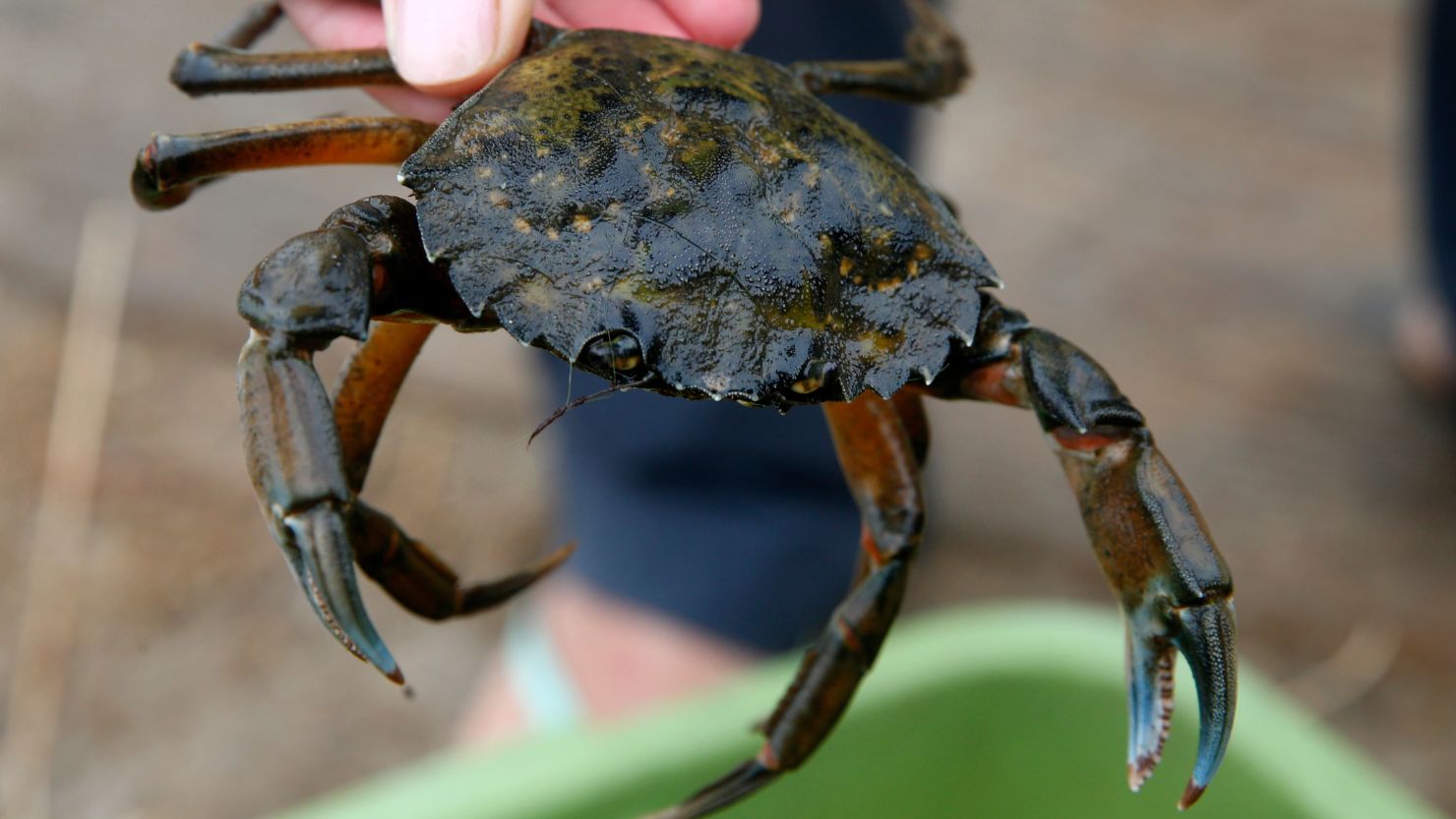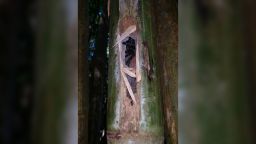Washington state is taking action to tackle an infestation of European green crabs after an exponential increase in the invasive species.
Governor Jay Inslee issued an emergency order on Wednesday that will allow the state’s department of fish and wildlife to eradicate the crustacean or prevent it from permanently establishing itself.
The increase in the number of European green crabs had been seen within the Lummi Nation’s Sea Pond and outer coast areas.
The state said in a statement that if the crab becomes permanently established, “it will particularly harm endangered species, impact resources that are part of the cultural identity of the tribes and native peoples, and affect small businesses.”
Thought it’s native to the northeastern Atlantic Ocean, the European green crab is considered a “globally-damaging invasive species” that is able to survive in a wide range of water temperatures and has become established in many temperate coastal zones around the world, according to the emergency proclamation.
In these places, European green crabs have disturbed habitats, displaced and outcompeted native species, and altered natural food webs, devastating shellfish and other aquatic industries.
If the crab became established in the coastal waters of Washington state, it would prey on shellfish and juvenile Dungeness crabs and destroy critical habitats, such as eelgrass beds and estuarine marshes, the proclamation said. It would also harm overall crab populations and hinder salmon and killer whale conservation efforts.
Green crabs were likely transported from Europe in the ballasts of ships, arriving in eastern North America in the mid-1800s. The crab was blamed for wiping out the soft-shell clam industry on the US East Coast in the early 1900s.
It was first detected on the US West Coast in 1989 in San Francisco Bay. Some experts advocate turning the invasive crab into a delicacy and eating it to minimize its impact.





